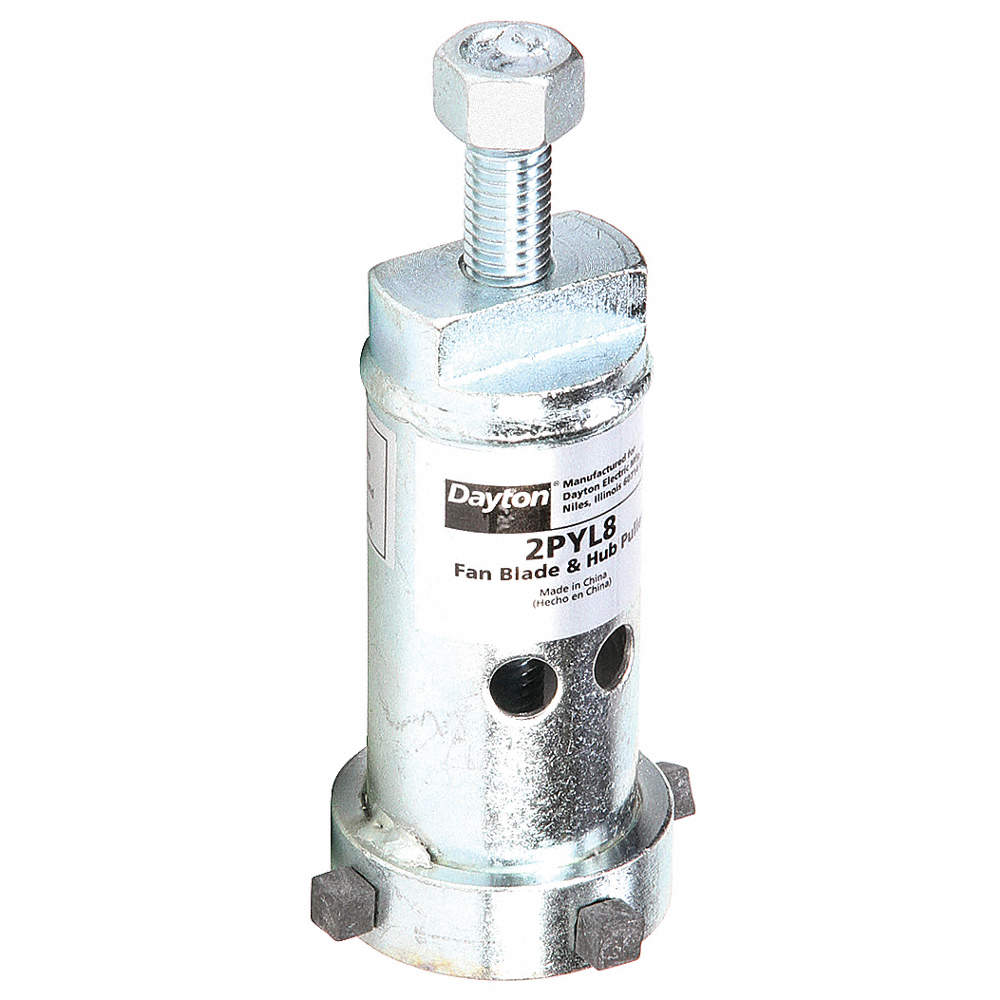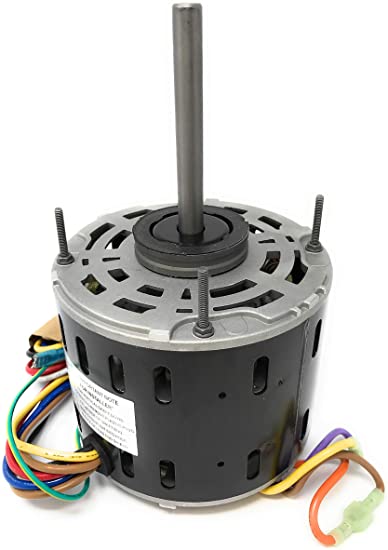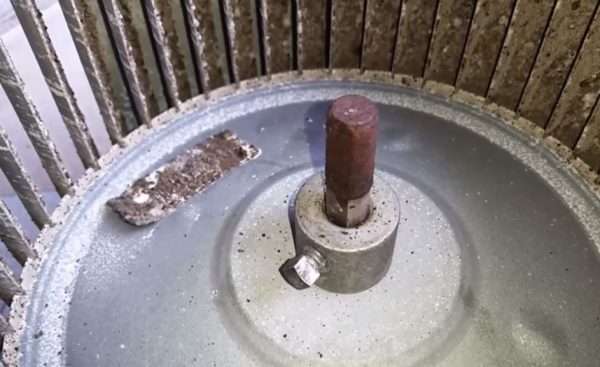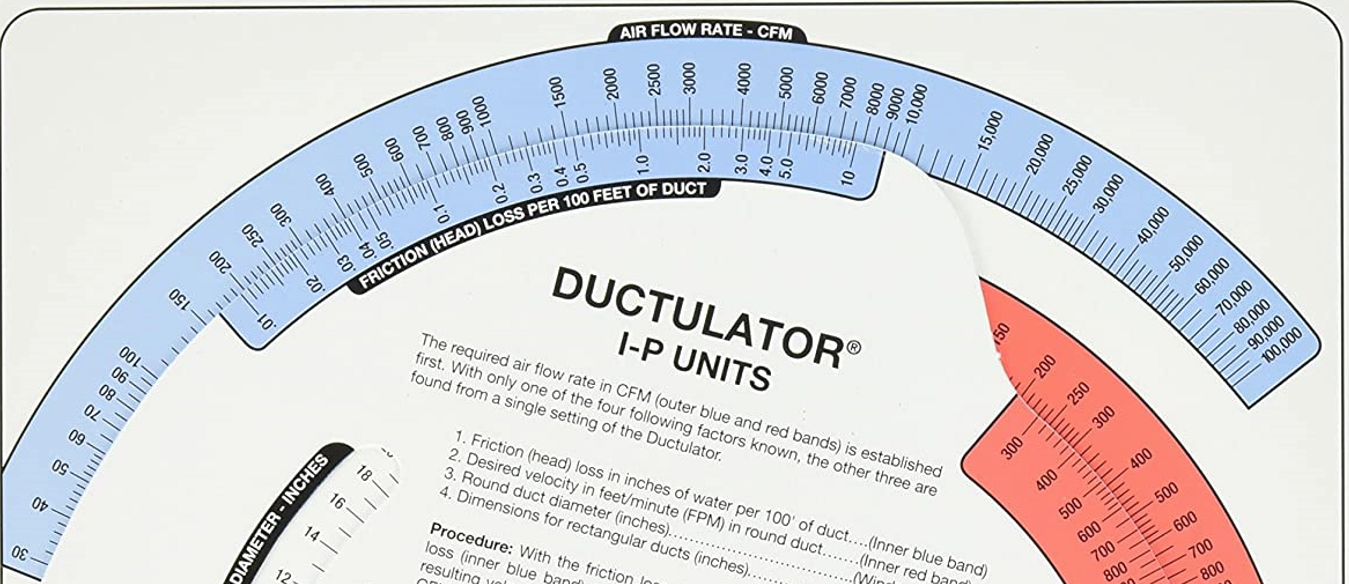Get Tech Tips
Subscribe to free tech tips.
Removing a Blower Motor


I’ve seen a lot of guys recently who reach for the motor puller tool first thing when attempting to remove a blower motor from a wheel/fan blade. Motor puller tools are an awesome backup tool when needed, but using a motor puller tool shouldn’t be the go-to method of removing a motor.
The main issue with using a motor puller for every single motor is its tendency to bulge out the shaft. Motor pullers work by clamping down on a hub and then twisting a small shaft against the motor shaft to push/pull the motor and wheel away from each other. Sometimes, when technicians don’t sand down a shaft and spray the area with WD-40 or other water displacement lubricants, the shaft will get stuck. A tremendous amount of force is required to crank the motor puller shaft against the motor's shaft. These opposing forces can significantly bulge the motor shaft. If the technician successfully removes the motor that way, they often find it more difficult to get the motor shaft back inside the wheel's bore.

I hope that every technician reading this understands that the cardinal rule of removing a motor is never to use any of the following methods:
- Use a hammer/wrench/blunt object to beat the shaft out of the assembly
- Use channel locks of set screws
- Use channel locks on the motor shaft
- Over-tighten the set screw
Any of the above-mentioned sins can result in expensive problems.
Please note the two things that must be completed before using a motor puller: sanding the shaft and lubrication. Guess what…
That’s all you need to do to remove a shaft!

- Sand the motor shaft until shiny and smooth.
- Spray with water displacement lubricant.
- Loosen the set screw (but don’t remove it; they are easy to lose).
- (Optional) Take an adjustable wrench and gently turn the shaft independently of the wheel.
- (Optional) Slightly push the wheel down the shaft to sand the portion of the previously unreachable shaft, which may have a lip that needs to be sanded down.
- Gravity is your friend. Let the motor fall out of the assembly. A shake or two may be required.
Voila! Those are steps a technician needs to do before using a motor puller, yet 90% of the time, those steps are all that’s needed to do the job.
One extra tip: Blow off the sandpaper/rust debris before applying the lubricant, and don’t apply lubricant before you sand the shaft. The debris can get stuck and make things even more difficult, and sandpaper saturated in WD-40 doesn’t do much good.
For a video on this method, we shared a post by Brad Hicks earlier this year of him demonstrating how it's done!
—Kaleb










Comments
Instead of using an adjustable wrench to work the shaft loose, I use a piece of copper tubing maybe an inch long and a diameter a little bigger than the shaft, slice it lengthwise, slide it over the shaft end and use vise grips on copper to grip shaft to work loose. Never damaged one yet.
Instead of using an adjustable wrench to work the shaft loose, I use a piece of copper tubing maybe an inch long and a diameter a little bigger than the shaft, slice it lengthwise, slide it over the shaft end and use vise grips on copper to grip shaft to work loose. Never damaged one yet.
This flight-themed slot merges adventure with big wins.
Jump into the cockpit and play through aerial challenges for huge multipliers.
With its retro-inspired graphics, the game captures the spirit of pioneering pilots.
https://www.linkedin.com/posts/robin-kh-150138202_aviator-game-download-activity-7295792143506321408-81HD/
Watch as the plane takes off – withdraw before it vanishes to secure your winnings.
Featuring smooth gameplay and immersive sound effects, it’s a must-try for slot enthusiasts.
Whether you’re testing luck, Aviator delivers endless action with every round.
This flight-themed slot merges adventure with big wins.
Jump into the cockpit and play through aerial challenges for huge multipliers.
With its retro-inspired graphics, the game captures the spirit of pioneering pilots.
https://www.linkedin.com/posts/robin-kh-150138202_aviator-game-download-activity-7295792143506321408-81HD/
Watch as the plane takes off – withdraw before it vanishes to secure your winnings.
Featuring smooth gameplay and immersive sound effects, it’s a must-try for slot enthusiasts.
Whether you’re testing luck, Aviator delivers endless action with every round.
Welcome to our platform, where you can discover exclusive content created exclusively for grown-ups.
The entire collection available here is appropriate only for individuals who are of legal age.
Make sure that you are eligible before exploring further.
suck
Enjoy a special selection of adult-only content, and immerse yourself today!
Welcome to our platform, where you can discover exclusive content created exclusively for grown-ups.
The entire collection available here is appropriate only for individuals who are of legal age.
Make sure that you are eligible before exploring further.
suck
Enjoy a special selection of adult-only content, and immerse yourself today!
Questo sito permette il reclutamento di persone per compiti delicati.
Gli interessati possono selezionare esperti affidabili per lavori una tantum.
Le persone disponibili vengono scelti con attenzione.
sonsofanarchy-italia.com
Sul sito è possibile visualizzare profili prima di assumere.
La sicurezza rimane la nostra priorità.
Esplorate le offerte oggi stesso per ottenere aiuto specializzato!
Questo sito permette il reclutamento di persone per compiti delicati.
Gli interessati possono selezionare esperti affidabili per lavori una tantum.
Le persone disponibili vengono scelti con attenzione.
sonsofanarchy-italia.com
Sul sito è possibile visualizzare profili prima di assumere.
La sicurezza rimane la nostra priorità.
Esplorate le offerte oggi stesso per ottenere aiuto specializzato!
This platform allows you to get in touch with experts for short-term dangerous missions.
Visitors are able to securely schedule support for particular situations.
All contractors are trained in handling complex tasks.
killer for hire
This service offers discreet interactions between users and workers.
If you require urgent assistance, the site is here for you.
List your task and match with a skilled worker now!
This platform allows you to get in touch with experts for short-term dangerous missions.
Visitors are able to securely schedule support for particular situations.
All contractors are trained in handling complex tasks.
killer for hire
This service offers discreet interactions between users and workers.
If you require urgent assistance, the site is here for you.
List your task and match with a skilled worker now!
This platform allows you to get in touch with professionals for short-term high-risk jobs.
Visitors are able to efficiently schedule assistance for specific requirements.
All listed individuals are trained in executing intense tasks.
hitman-assassin-killer.com
This site offers secure communication between requesters and contractors.
When you need fast support, the site is ready to help.
Post your request and find a fit with the right person now!
This platform allows you to get in touch with professionals for short-term high-risk jobs.
Visitors are able to efficiently schedule assistance for specific requirements.
All listed individuals are trained in executing intense tasks.
hitman-assassin-killer.com
This site offers secure communication between requesters and contractors.
When you need fast support, the site is ready to help.
Post your request and find a fit with the right person now!
To leave a comment, you need to log in.
Log In